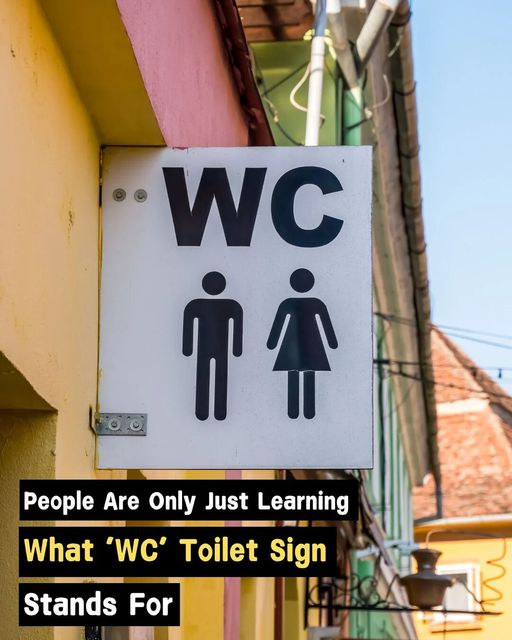A woman who tattooed her boyfriend’s name on her forehead is defending her face art, suggesting that anyone who refuses to do the same, isn’t really in love.
Ana Stanskovsky, who penned a permanent love letter to Kevin on her face, insists it’s an expression of love, but online users are saying “it’s stupid” and that her “next boyfriend will hate it.”
Polish-born Ana Stanskovsky surprised her 588,000 TikTok followers by sharing a post of her newly transformed face.
In a viral TikTok clip, Stanskovsky is seen sitting in a chair, having some work done to her forehead.
The “my new face tattoo” video, which has 18.3 million views since it was first shared November 6, shows Stanskovsky getting her boyfriend’s name, penned in large black cursive letters, across her forehead.
The clip zooms in on the artist permanently inking over the stencil that reads “Kevin,” and Stanskovsky wincing in pain.
When the art is complete, she stands up to view her extreme expressions of love in the mirror
“Done? Okay let’s see. Oh my God, I love it. Wow, Kevin’s gonna love it,” she says.
She finished the clip by asking her followers “Do you think he will like it?”
Responding to her question, one netizen jokes, “He’ll love it! Your next boyfriend will hate it though.” Another user writes, “I don’t know who Kevin is, but wherever you are…. Run!”
As the video hits the eyes of the puzzled social community, people are warning her of future regrets.
“Great decision here. I don’t see how you could ever regret this,” one fan shares.
Replying to the overwhelming suggestions of regret, Stanskovsky fired back with another clip saying she will never regret the Kevin tattoo.
Stanskvosky replies, “I know many of you said I’m gonna regret that and what if we break up and all of this stuff, all of this horrible stuff and I just wanna say this is how I’m expressing my feelings so if I love someone, I’m doing this.” She continues, “I’m loving it, I’m definitely never gonna regret that. How can I regret this? It’s beautiful.”
“A handwritten note is a precious way to express your feelings,” quips one cyber citizen.
Fans still aren’t convinced, and many think her outrageous announcement of love must be a joke.
“Wait. Wasn’t it a joke?” writes one while another says, “I was waiting for them to say it’s just a prank but they never did.”
The influencer then tells viewers that every time she looks in the mirror she is “in love.”
“I’m in love with the tattoo and I’m in love with my boyfriend,” she said. “I think if you really love someone, you’ve just got to show it you know, you’ve just got to prove it…So I think if your girlfriend doesn’t want to tattoo your name on her face, you just need to find yourself a new girlfriend because I don’t think she loves you.”
Shocked by her comment, users jumped in saying she needs to reconsider her shows of love.
“‘if [your] girlfriend doesn’t want your name on the forehead she doesn’t love you,’” One netizen writes, quoting her. Then offering this advice to Kevin, the user continues, “dump her ASAP.”

Given the uncertainty of relationships, one netizen asks, “and if he breaks up with you what then?”
Stanskovsky answers: “What if we break up? I’ll just have to find myself a different Kevin.”
But one person has a better idea: “It would be better if you wrote on it that I am stupid.”
At the moment there’s been no response from Kevin.
What do you think of this woman getting her boyfriend’s name tattooed across her forehead?
There are far better ways of expressing your love, and if you insist on a grand gesture, maybe a smaller tattoo in a place it’s not so visible?
How the ‘WC’ Sign Reflects Cultural Differences Around the World

Have you ever seen the letters “WC” outside a public bathroom and wondered what they mean? You’re not alone! Many people around the world are curious about the “WC,” which refers to a room with a toilet and a sink.
While we can explain what “WC” stands for, it might not make much more sense than other terms like restroom, bathroom, or loo.
In 2020, a couple named Shelby and Dylan made a TikTok video showing a funny difference between how some Americans and Canadians refer to bathrooms. In the video, Dylan walks by a sign that says “washroom” and asks, “What in the world is a washroom?” He humorously wonders what people are washing in there, adding, “The only thing I wash in there is my hands.” Off-camera, Shelby chimes in, asking, “Do you rest in a restroom?”
It’s interesting to see how different cultures use different terms for the same place!
“That’s a good point. None of these terms make much sense,” Dylan says in the video.
Many people joined the conversation online, sharing their thoughts about what they call this important room.
One user commented, “It’s called a bathroom, restroom, washroom, and toilet.”
Another follower shared a funny story from Disneyland, saying they “asked for the washroom” and ended up being sent to the laundromat instead!
A third user joked, “Wait until he finds out about water closets.”
**Water Closet**
According to Merriam-Webster’s Dictionary, a “water closet” is a term used to describe “a room with a toilet” or “a toilet bowl and its accessories.”
Long ago, when people talked about using the bathroom, it often meant taking a bath. The term “restroom” suggested a place to rest or get ready by using the sink and mirror.
Lastly, if you needed to go potty, you would use the toilet in the water closet. Depending on where you are in the world, this room is called many different names, including loo, restroom, bathroom, washroom, lavatory, or WC.

In modern times, you will often see signs that say “WC” in public places like airports, restaurants, or hotels. This is just another way to say “restroom” or “bathroom,” but it is usually seen as a more formal or international sign for places that welcome travelers from different countries.
**History of the WC**
Before the 19th century in America, having an indoor toilet was a luxury only for wealthy people. Most people used outhouses or outdoor toilets. While many homes had “bathrooms” for taking baths, these rooms usually didn’t have toilets. The installation of indoor plumbing started to become common in the late 1800s, leading to the creation of the water closet by 1890. These early water closets had toilets that were separate from bathing areas.
It wasn’t until the early 20th century that bathrooms began to combine both bathing areas and toilets into one room. This design helped save space and made plumbing simpler, but it also reduced privacy, especially when multiple people were using the bathroom.
Over time, the term “water closet” changed to refer to a small, private room within a larger bathroom that was used only for the toilet. These water closets often have a small sink for handwashing, making them convenient and self-contained.

To understand the term “water closet,” many people shared their thoughts on Reddit in a post titled, “Why is a public WC called bathroom if there is [no] bath?”
In response, one Reddit user pointed out, “Americans might ask: ‘Why is it called a WC (water closet) if it isn’t even a closet?” This user explained that in the U.S., “bathroom” or “restroom” is the common way to refer to a “room with a toilet.” Other countries use different terms, like “WC,” “lavatory,” or “loo.”
Another user mentioned that in Russian, the term translates to “a room without windows,” even if there is a window. A third user shared that in Esperanto, it’s called “necesejo,” meaning “necessary place.”
Other Reddit users talked about the differences between “washroom,” “bathroom,” and “restroom.” One commenter noted, “Canada famously uses ‘washroom,’” while another clarified that in the Midwest, “washroom” is also common, but “bathroom” and “restroom” are used more frequently.
One user humorously stated, “Best one, I think. You should be washing in there… not resting.”
What do you think about the term WC? What do you call the room that has a toilet? We would love to hear your opinions, so please share your thoughts!



Leave a Reply